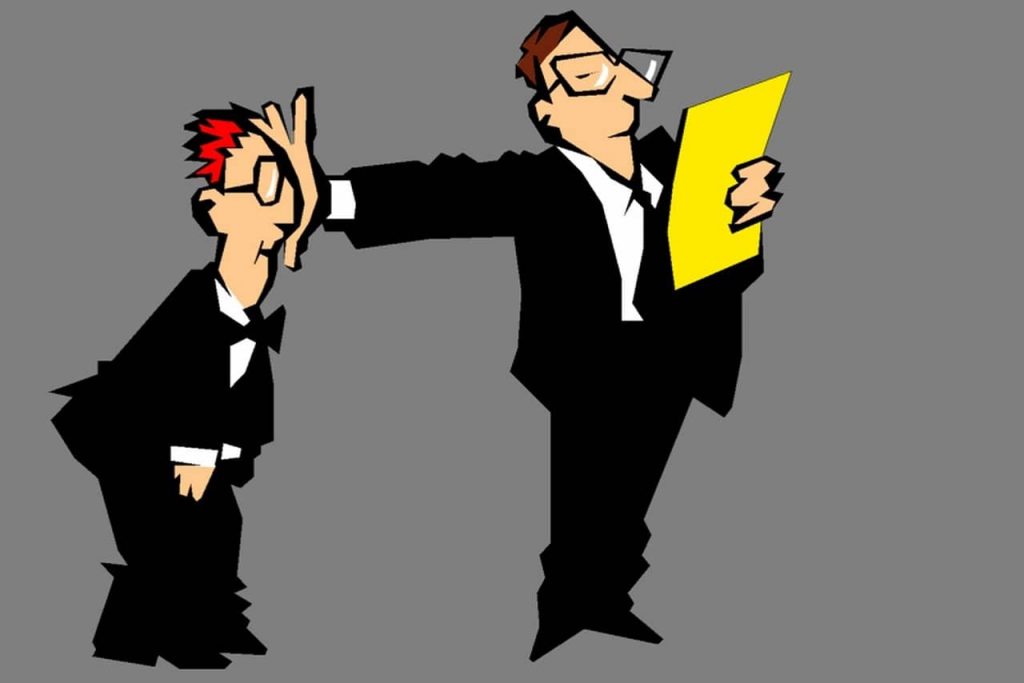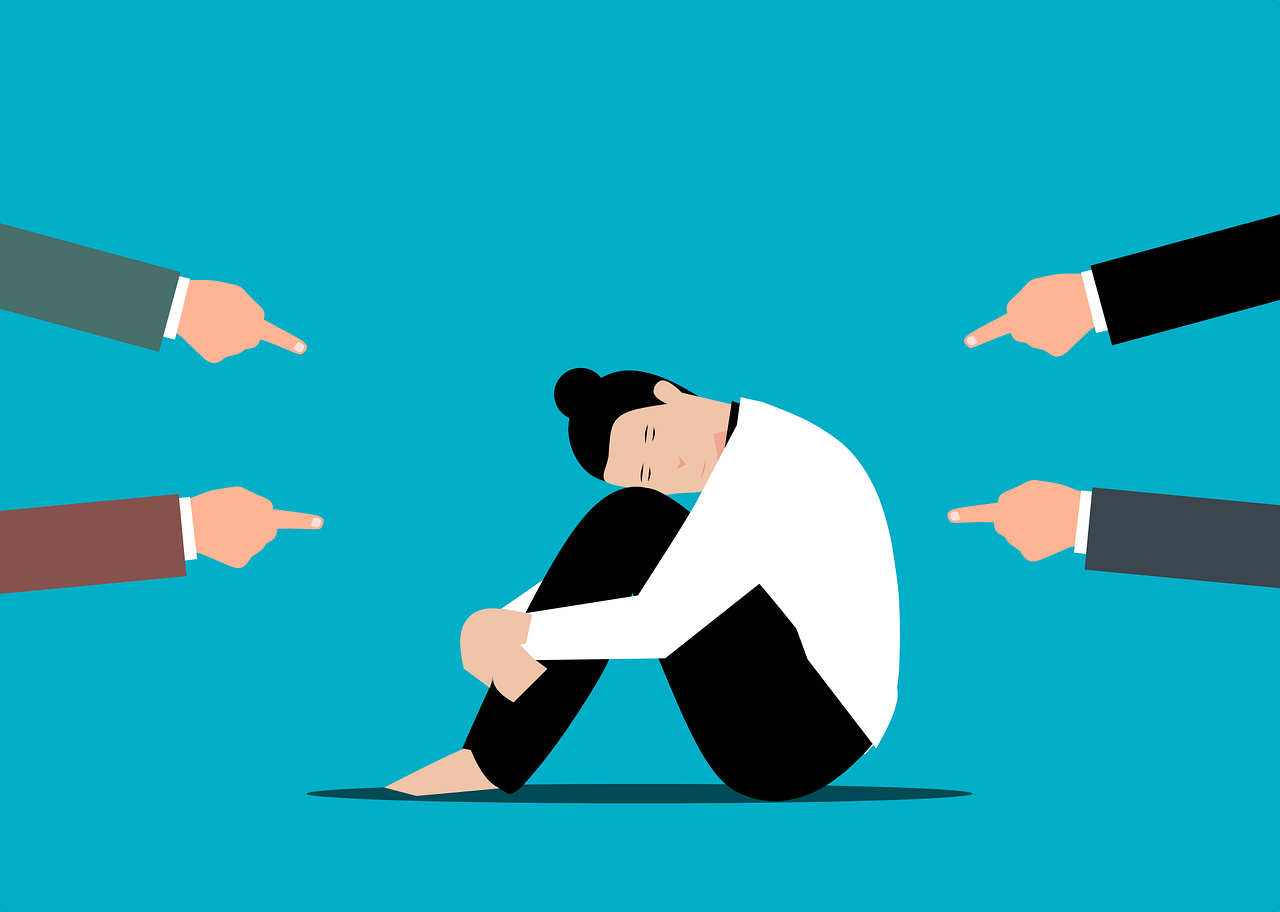Mobbing Definition: Understanding Workplace Harassment
31 May 2023 | 7 mins read
- Employee resources
- HR resources
Mobbing is a term used to describe bullying behavior carried out by a group of individuals towards a single person. The term can be applied in various contexts, including the workplace, schools, neighborhoods, and online communities.

Mobbing can take many forms, including verbal abuse, physical aggression, and social isolation.
The effects of mobbing can be devastating for the victim, leading to psychological distress, physical health problems, and decreased performance at work or school. Mobbing can also have a negative impact on the wider community, creating a toxic environment that can lead to increased conflict and reduced productivity.
Understanding the causes and effects of mobbing is crucial for creating a safe and supportive environment for all individuals.
Mobbing Definition
Mobbing, also known as group bullying, is a form of psychological harassment or aggression that involves a group of people targeting an individual with the intention of causing harm, distress, or humiliation.
The term “mobbing” is often used interchangeably with “bullying,” but it specifically refers to group behavior that singles out and targets an individual.
Mobbing can occur in any setting, including the workplace, schools, neighborhoods, and online communities. It is often a result of power imbalances, where a group of people with more power and influence target an individual with less power and influence.
The group may use various tactics to intimidate and isolate the individual, such as spreading rumors, exclusion, verbal abuse, or physical violence.
One of the defining characteristics of mobbing is that it is a group phenomenon. The mobbing behavior is not limited to one or two individuals but involves a group of people who act in concert to target the victim. The group may be motivated by a variety of factors, including jealousy, resentment, or a desire to exert power and control over the victim.
Mobbing can have serious consequences for the victim’s mental and physical health. It can lead to anxiety, depression, post-traumatic stress disorder (PTSD), and other psychological disorders. Victims of mobbing may also experience physical symptoms such as headaches, stomach problems, and sleep disturbances.
It is important to note that mobbing is not the same as constructive criticism or feedback. Constructive criticism is intended to help an individual improve their performance or behavior, while mobbing is intended to harm and humiliate the victim. Employers, educators, and community leaders have a responsibility to create safe and respectful environments that do not tolerate mobbing behavior.
Types of Mobbing
Mobbing can take many forms and can occur in various contexts such as the workplace, school, or online. Here are some of the most common types of mobbing:
Workplace Mobbing
Workplace mobbing, also known as workplace bullying, is a type of mobbing that occurs in the workplace. It involves a group of individuals who target and harass a specific employee, often with the intention of forcing them out of their job. The harassment can take many forms, such as spreading rumors, excluding the employee from work-related activities, or verbally abusing them.
School Mobbing
School mobbing, also known as school bullying, is a type of mobbing that occurs in educational settings. It involves a group of students who target and harass a specific student, often with the intention of causing harm or humiliation. The harassment can take many forms, such as physical violence, verbal abuse, or exclusion from social activities.
Online Mobbing
Online mobbing, also known as cyberbullying, is a type of mobbing that occurs online. It involves a group of individuals who use social media or other online platforms to target and harass a specific person. The harassment can take many forms, such as spreading rumors, posting embarrassing photos or videos, or sending threatening messages.
It is important to note that mobbing can have serious consequences for the victim, including psychological distress, anxiety, depression, and even suicide. It is crucial to address and prevent mobbing in all its forms, whether it occurs in the workplace, school, or online.
Characteristics of Mobbing
Mobbing is a form of group bullying that involves the targeting of an individual by a group of people. It can occur in various settings, including schools, neighborhoods, and workplaces. The following are some of the characteristics of mobbing:
Group Dynamics
Mobbing involves a group of people ganging up on an individual. The group can be made up of co-workers, subordinates, or superiors. The group can be large or small, and it can be formal or informal. The group dynamics of mobbing can be complex, and individuals within the group may have different motivations for participating. Group dynamics can be influenced by power structures, social norms, and individual personalities.
Behavioral Patterns
Mobbing involves a range of behaviors that can be aimed at an individual. These behaviors can include verbal abuse, physical violence, isolation, and humiliation. Mobbing can be initiated by rumors, innuendo, and lies, which can spread quickly through a group.
The goal of mobbing is to discredit and isolate the victim, leading to emotional abuse in the workplace. Mobbing can be malicious, nonsexual, and non-racial/racial.
Individuals who are targeted by mobbing may share certain characteristics or circumstances. They may speak out against harmful organizational policies, expose corruption or wrongdoing, and prioritize protecting themselves and others.
Women can be more likely to be targeted by mobbing, especially in male-dominated fields. Victims of mobbing can experience a range of negative effects, including stress, anxiety, depression, and physical health problems.
In conclusion, mobbing is a serious form of group bullying that can occur in various settings. It involves group dynamics and behavioral patterns that can be damaging to the victim. It is important to recognize the signs of mobbing and take steps to prevent it from occurring.
History and Theories of Mobbing
Mobbing is a phenomenon that has been studied by various scholars and theorists over the years. It is defined as a form of group aggression that involves the systematic psychological abuse or humiliation of an individual by a group with the intention of forcing them out of the workplace or community.
In this section, we will examine some of the prominent theories and ideas that have been put forth to explain mobbing.
Konrad Lorenz’s Instinct Theory
Konrad Lorenz, an ethologist, was one of the first to study mobbing behavior in animals. He observed that birds would sometimes mob predators to protect their young and concluded that mobbing was an instinctual behavior. This theory was later applied to human behavior, with some researchers suggesting that humans have an innate tendency to form groups and engage in mobbing behavior.
Peter-Paul Heinemann’s Theory
Peter-Paul Heinemann, a German psychologist, proposed that mobbing is a reaction to a perceived threat to the community. According to this theory, mobbing occurs when a group feels that an individual poses a threat to the community’s quality or integrity. The group then engages in mobbing behavior to eliminate the perceived threat.
Heinz Leymann’s Theory
Heinz Leymann, a Swedish psychologist, was one of the first to study mobbing as a workplace phenomenon. He proposed that mobbing is a form of psychological violence that is directed at an individual by a group. According to Leymann, mobbing is a deliberate and systematic attempt to destroy an individual’s reputation, accomplishments, and contracts.
Sociological Theories
Sociological theories of mobbing suggest that it is a product of social influence and irrational group behavior. According to these theories, individuals engage in mobbing behavior because they are influenced by the group’s norms and values, even if those norms and values are irrational or destructive.
Mobbing is a complex phenomenon that has been studied by scholars from various disciplines. While there are many theories and ideas about why it occurs, it is clear that mobbing can have serious consequences for individuals and communities alike.
By understanding the causes and dynamics of mobbing, we can work to prevent and address this harmful behavior.
Examples of Mobbing
Mobbing is a form of group bullying that can occur in any context, such as a family, peer group, school, workplace, neighborhood, community, or online. Here are some examples of mobbing in different settings:
Workplace Examples
Workplace mobbing is a serious issue that can have devastating effects on employees. It often involves a group of coworkers who target an individual with repeated and persistent aggression, harassment, and humiliation.
Here are some common workplace examples of mobbing:
- Spreading rumors or gossip about an employee
- Isolating an employee from social or work-related activities
- Belittling, bullying, or humiliating an employee
- Making it difficult for an employee to perform their job
- Trying to make an employee quit their job
Public Examples
Mobbing can also occur in public settings, such as during protests, rallies, or other large gatherings.
Here are some examples of public mobbing:
- Election mobs: During election season, mobs may form to intimidate or harass voters or candidates.
- Twitter mobs: Social media can be a breeding ground for mobs, where users can quickly and easily join together to target an individual or group.
- Faceless mobs: In online settings, mobs can form without any face-to-face interaction, making it easier for individuals to engage in aggressive behavior.
These are just a few examples of the many different contexts in which mobbing can occur. It is important to recognize the signs of mobbing and take action to prevent it from happening.
Effects of Mobbing
Mobbing can have severe physical and psychological effects on the victim.
Victims of workplace mobbing frequently suffer from adjustment disorders, somatic symptoms, psychological trauma, post-traumatic stress disorder (PTSD), or major depression. These effects can be long-lasting and can affect the victim’s personal and professional life.
Some of the common effects of mobbing are:
- Physical effects: Victims of mobbing may experience physical symptoms such as neck pain, muscle pain and stiffness, cardiovascular symptoms, headaches, and gastrointestinal problems.
- Psychological effects: Mobbing can also have severe psychological effects on the victim, such as anxiety, depression, panic attacks, loss of self-esteem, and suicidal thoughts. Victims may also experience trauma tremors or sudden onset selective mutism.
- Isolation: Mobbing can lead to the victim feeling isolated and excluded from their colleagues. They may feel like they have no one to turn to and may become withdrawn and avoid social situations.
- Challenges at work: Victims of mobbing may find it challenging to concentrate on their work, leading to a reduction in productivity and quality of work. They may also be denied promotions and other opportunities.
- Hurt and injury: Mobbing can cause significant hurt and injury to the victim, both physically and emotionally. Victims may feel like they are under constant attack, leading to feelings of helplessness and hopelessness.
- Workplace aggression: Workplace mobbing is a form of aggression that can lead to long-term psychological and physical harm to the victim. It can also create a toxic work environment that can affect the mental health of other employees.
- School mobbing: Mobbing can also occur in schools, where it is known as bullying. This can have severe effects on the victim’s mental health, leading to anxiety, depression, and even suicide.
- Military: Mobbing can also occur in the military, where it is known as hazing. This can lead to significant harm to the victim, both physically and psychologically.
It is essential to address mobbing as soon as possible to prevent these effects from becoming long-lasting. This can involve conflict resolution, involving coaches or witnesses, and taking steps to prevent cyberbullying.






